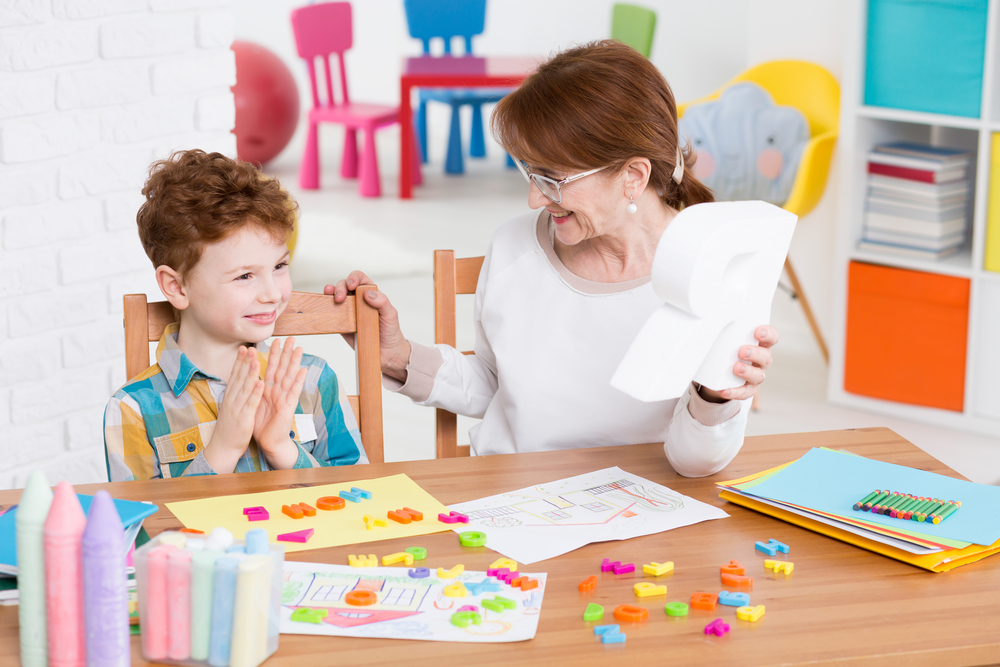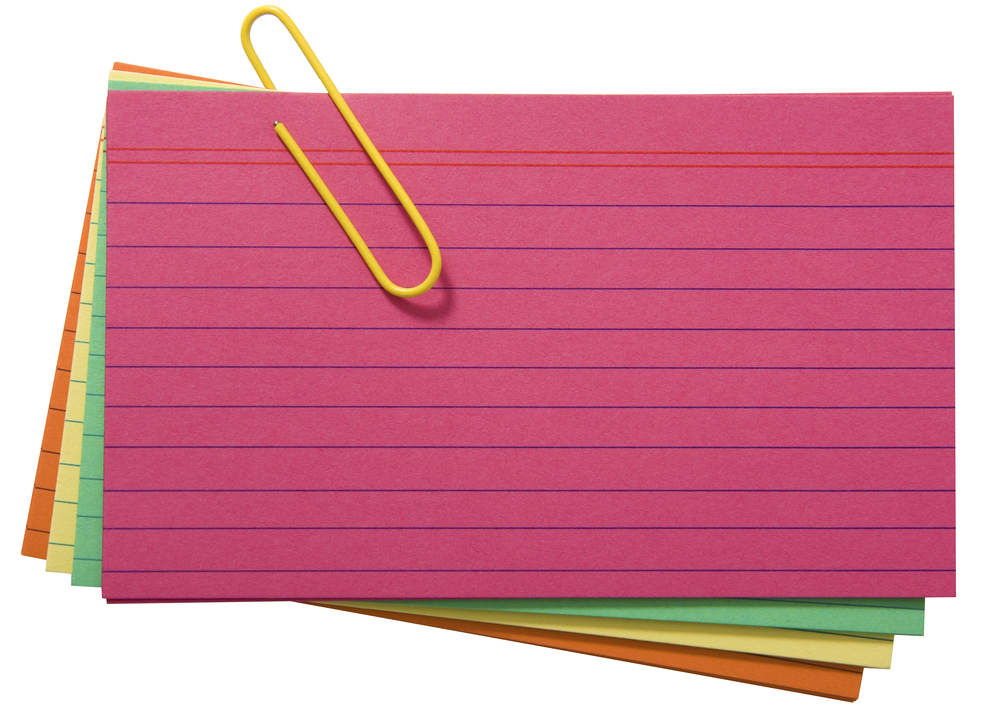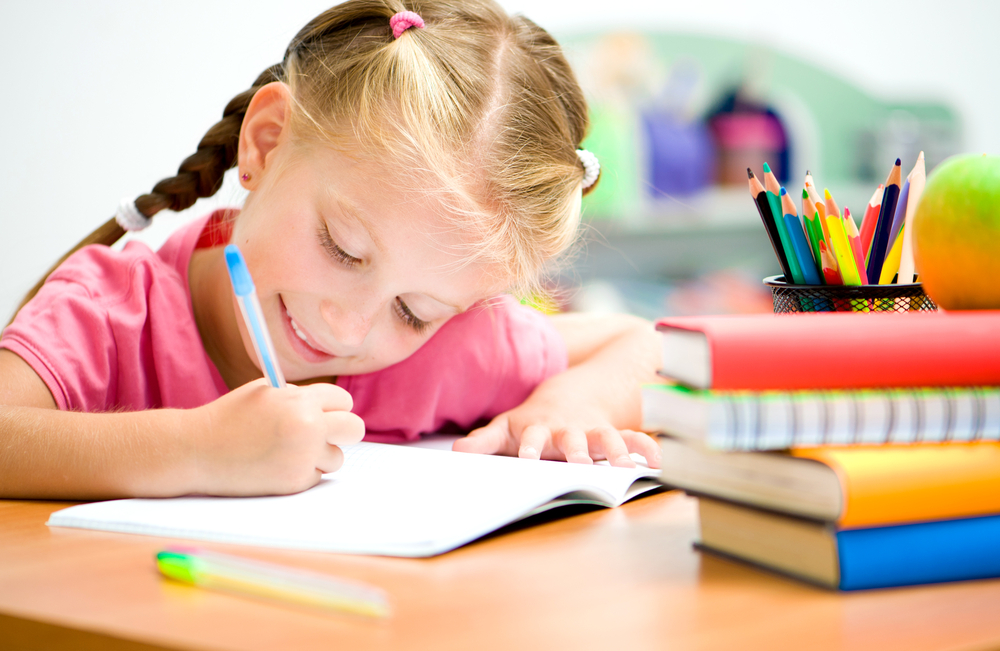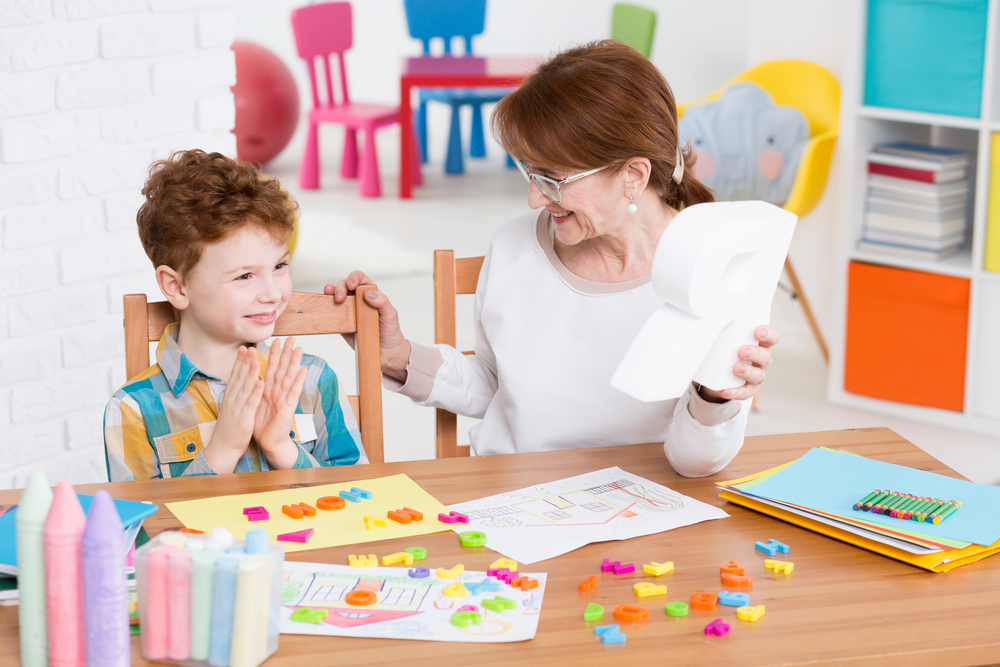What do you get when you put foot and ball together? Football! This is an example of a compound word, and as your child continues to build their vocabulary, it’s essential to introduce them to compound words for kids.
In this article, we’ll discuss how to form a compound word and how to help your child identify them in a sentence. We’ll also compare the different types and share some fun activities for your young learner to practice their new vocabulary skills.
What Is A Compound Word?

In the football example above, we combined two small words (foot + ball) to form a new one. This is the essence of a compound word: a word formed by combing two smaller words.
There are also compounds made of three words (for example: heretofore, nevertheless, highwaymen). But for now, it is best to stick to two-word compounds.
Why is it important to know how to appropriately form compound words? Well, combining words in a compound form creates an entirely different meaning than the meaning of the two original words.
For example, when you combine run (a pace) and way (direction), you get runway (an airplane landing strip or fashion walkway). This is an important distinction.
Identifying Compound Words
While compound words have multiple syllables, not all multi-syllable words are compound words.
The best way to check if a word is a compound word is to see if you can break it down into separate words. If you can, then it’s a compound word. If you can’t, then it’s not.
Let’s test this out using the words below:
- Doctor
- Family
- Moonwalk
Is doctor a compound word? Though this word has two syllables, it doesn’t qualify as a compound word because you can’t break it down into separate words.
What about the word family? This word has three syllables. However, it can’t be categorized as a compound word because, just like doctor, it isn’t made up of separate words.
Is moonwalk a compound word? Moon + walk = moonwalk. So, yes! This is a compound word.
You can apply this test to any word to see if it meets the compound word requirements.
The 3 Types Of Compound Words
There are three different types of compound words: closed, open, and hyphenated.
- Closed compound words are created when two separate words form a single new word. For example, note + book = notebook.
- Open compound words are also created from two separate words. However, the words are still separated. For example, dining + room = dining room, or ice + cream = ice cream.
- As the name suggests, hyphenated compound words are connected by a hyphen. For example, long + term = long-term, or mother + in + law = mother-in-law.
While this may seem like a lot to teach, don’t worry. There’s no need to explain the three different types to your child. At this stage of their learning journey, the focus will be on closed compound words only.
Compound Words For Kids

There are hundreds of compound words for kids to learn. Here are a few to help you get started:
- Fire + Fighter = Firefighter
- Super + Hero = Superhero
- Snow + Ball = Snowball
- Note + Book = Notebook
- Rail + Road = Railroad
- Under + Ground = Underground
- In + Side = Inside
- Mail + Box = Mailbox
- Break + Fast = Breakfast
- Sun + Flower = Sunflower
- Tooth + Brush = Toothbrush
- Rain + Coat = Raincoat
- Lip + Stick = Lipstick
- Cat + Fish = Catfish
- Bird + House = Birdhouse
- Arm + Pit = Armpit
- Work + Sheet = Worksheet
- Stair + Case = Staircase
- Some + Where = Somewhere
- Butter + Fly = Butterfly
- Sun + Glasses = Sunglasses
- Grand + Parents = Grandparents
- Text + Book = Textbook
- Cup + Cake = Cupcake
- Day + Dream = Daydream
- Book + Case = Bookcase
Activities That Teach Compound Words For Kids
1) Reverse The Word Order

What You’ll Need:
- Index cards
- Markers
- A list of reversible compound words
What To Do:
To get started, write one half of your compound word on a single index card and the other half on another. This means that each word will have two separate cards.
As the name suggests, this game requires reversible compound words. For instance, sleepover — oversleep.
If you can’t think of any right now, here’s a list to get you started:
- Sleepover
- Lookout
- Breakout
After writing the compound word parts on your two index cards, help your child read them out loud and take time to explain any word they may not understand. Then, lay the cards down, facing up.
The goal of Reverse The Word Order is simple: Reverse the order of the compound word.
Have your child look at the two parts of the reversible compound word that you laid down and read the cards together. Then, have them move the first card to the other side to make the second compound word and read it out loud.
If your child has trouble reading the words, don’t worry; they can still play! Simply read the words for them or help your child read them, and then continue as instructed above.
As a simpler alternative, you can also say a compound word backward and have your child try to say it forward. For example, if you say, “What is corn pop?”, they would answer, “Popcorn.”
This shows your child that each of these compound words can change into new words with entirely different meanings, depending on the order.
Completing this exercise will help your child understand the importance of word order in a compound word. For example, breakout and outbreak have completely different meanings, even though they are made up of the same letters and words.
As a simpler alternative, Say a compound word backwards and your child tries to say it forwards. What is corn pop? popcorn. What is boat life? Life boat.
This is also a great phonological awareness game. Phonological awareness refers to the skills a child needs to use while reading. In essence, it is understanding sounds in our language and how they relate to each other.
Phonological awareness plays a major role in early childhood literacy, and this game can help your child develop this important skill.
2) Image/ Word Match
What You’ll Need:
- Index cards
- Marker
- A list of compound words (you can use any of the words from the above “Compound Words For Kids” list)
- Pencil
What To Do:
With your child, write and draw the list of compound words on separate index cards. Write one half of the word in text and draw the other half as an image. For example, from the word pancake, one index card will have pan written out, and the other will have a drawing of a cake.
Next, lay your cards facing down (grid style).
To play, you and your child will take turns flipping two cards over at a time. (Think of the game Memory.) The goal is to find one card with a picture and another with a word to create a compound word.
When it’s your turn, if you find two cards that make up a compound word, you earn a point. If you don’t, you’ll have to wait for your next turn to try again. After 10 turns each, the player with the most points wins.
This game helps children develop segmentation skills. It also reinforces the concept that compound words are made from two separate words joined together.
For example, they may learn that the same cake from pancake can also form cupcake, cheesecake, etc.
3) Draw The Compound Word

What You’ll Need:
- Sheet of paper
- Index cards
- Marker
- Pencil
- Crayons
- A list of compound words (you can use any of the words from the above “Compound Words For Kids” list)
What To Do:
Sometimes, just understanding that a compound word is made up of two separate words can be hard to grasp for kids. This activity helps you demonstrate the concept in a fun and creative way.
Start by giving your child five compound words, and have them write the words down on a sheet of paper (with your help if needed). At this stage, your child will view the words as a whole.
Next, help your child separate the compound words by asking them to draw something that represents the two words that make up the compound word on each index card.
For example, from the word fireman, your child can draw one image of a fire and another of a man.
This isn’t a drawing competition, so don’t pay too much attention to how the images look. Instead, focus more on your child’s understanding of the separate words that make up the compound words.
4) Compound Word Creation
What You’ll Need:
- Index cards
- Marker
- A list of 5 compound words
What To Do:
Start by separating compound words into their two smaller words, and then have your child write each word on a separate card. While they are writing, encourage them to read the words out loud for practice.
Here’s a list of compound words you can use for this game:
- Goldfish
- Bookworm
- Superstar
- Rainbow
- Pancake
- Popcorn
- Butterfly
- Jellybean
- Moonlight
- Ladybug
After writing and reading the words, mix the cards up. Then, have your child pick two cards and make a brand new compound word. For example, from gold/fish, your child can create a new word — bookfish.
Note: The word doesn’t have to be “correct” — any two card combinations will do for this activity.
Let’s Make Some Compound Words!

Teaching compound words to kids is a great way to help them grow their vocabulary. If you’re working on this concept with your young learner, remember the fundamental rule: a compound word is made of two (or more) smaller words.
By using the activities above, you can help your child grasp compound words with ease!
Whether you decide to try out some or all of the games we recommend, be patient. Learning something new can take time, but with lots of practice, your child will eventually understand this new way to combine words!
Looking for even more ideas? Check out our Learn & Grow app for continued ways to support early childhood literacy.
,


